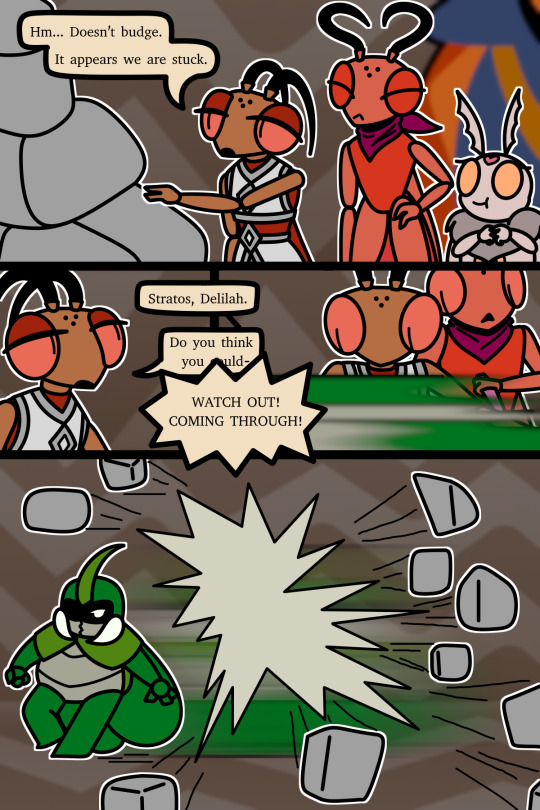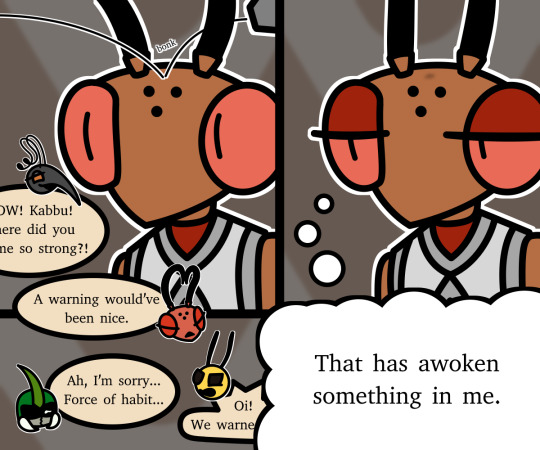#Using Stratos as a background object
Explore tagged Tumblr posts
Text


My favorite joke about Kabbu's ability to run through solid rock.
That and Maki being a mantis. He has had years to master looking calm and collected whilst absolutely losing his mind.
The M in B-D-S-M stands for mantis and the B stands for beetle. Or bees.
#mousedrawings art#bug fables#maki bf#kina bf#yin bf#kabbu bf#id in alt#Using Stratos as a background object#D is dragonfly and S is uh#idk about this one
166 notes
·
View notes